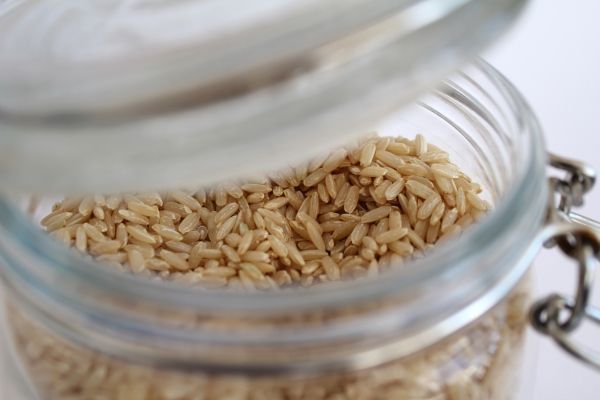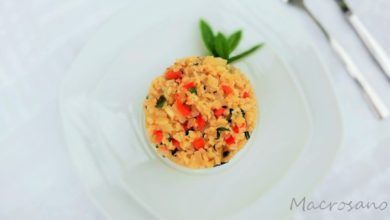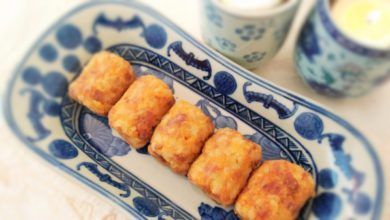Brown rice is definitely the grain most used in the Macrobiotic diet, and its refined form it is also the most used in the traditional diet .
Rice is the basis of many diets in many countries. Just think about Japan, India or China and quickly come to mind tasty dishes accompanied by basmati rice.
Probably the reason why rice is such an important part in many culinary traditions is its large supply of nutrients. In many nutritional pyramids: Mediterranean, Japanese, American, cereal and grain appear on the base, thus indicating the importance of daily intake. However, it is interesting to clarify that: as important as including grain in our daily diet, it is to make sure we use whole grain, not refined.
Cereals are mainly used as a source of energy. They are rich in carbohydrates, the ” fuel” that our body needs to function. Our brain feeds on glucose and muscles use it constantly. But we want to use a “slow burning fuel.”
When we prepare a fire, it is important to place good quality wood that can heat but burn slowly. If we make fire with pieces of paper and cardboard, it will burn quickly, warming up with intensity at the beginning and burning to ashes in a few minutes.
The same happens to refined grains. Our so popular white rice loses many of its vitamins and minerals in the refining process, and it also loses most of its fiber. The loss of these nutrients accelerates the absorption process, causing sugar spikes that gives us a sense of energy, but this won’t last long. We will soon experience a a rapid descent of glucose: our fire has run out of wood!!
When we use brown rice, we give good quality wood to our body, helping keep our energy levels more steady.
When we use brow rice we benefit from a larger amount of nutrients, and this makes us feel satiated with less food and of course more nourished:
The amounts of vitamin B and protein are much higher in brown rice.
Its natural fiber facilitates intestinal transit as it helps to give consistency to the stool and is especially recommended for people suffering from constipation. The false idea that rice causes constipation, applies only to white rice, which is actually good in cases of diarrhea.
There are numerous types of rice that can be used throughout the year providing variety to our diet. In fact it’s interesting to vary the type of grain used each season:
In winter, for example, it’s more advisable to use round brown rice, as it is more warming than other types.
In spring, however, we can begin to include long grain brown rice, a bit more refreshing, and for the summer we can enjoy the aromatic basmati.
To color our plates we can use red or wild rice, which we can fry directly to make it pop like the popcorn and use it to decorate soups or salads.
There is a variant of sweet rice called “sweet or glutinous rice”, especially suitable for preparing porridge or to make dishes fot the young ones in the house. It’s the kind of rice with more protein and fat content. With a yin quality, helps relax and provides extra sweetness to our breakfasts .
When preparing brown rice keep in mind that the cooking time is longer than its refined version. So you will have to plan in advance.
A good idea is to cook an amount for a couple of days and then use it in the preparation of various dishes. We can serve it sauté with vegetables or added to salads with your favorite dressing.






